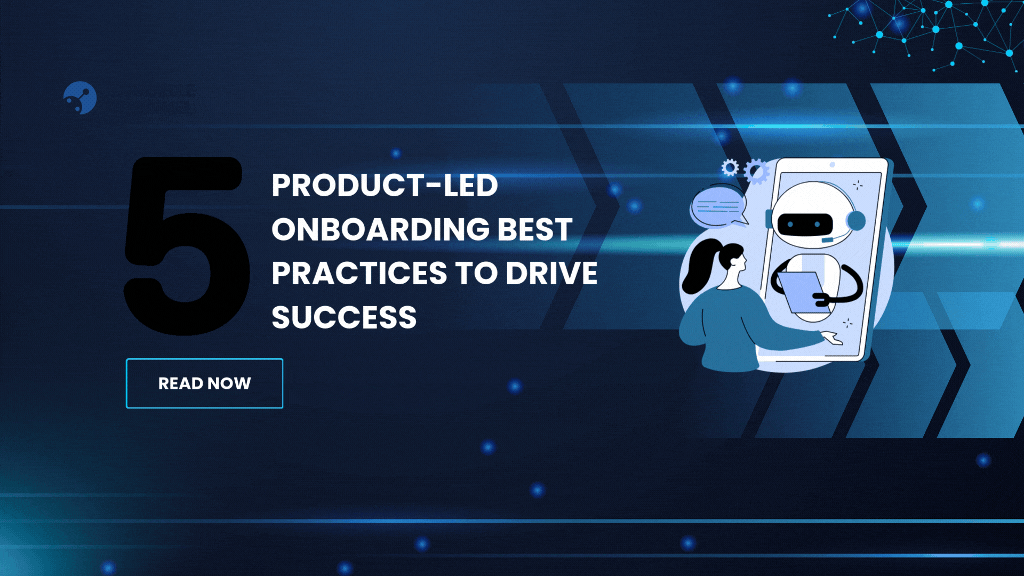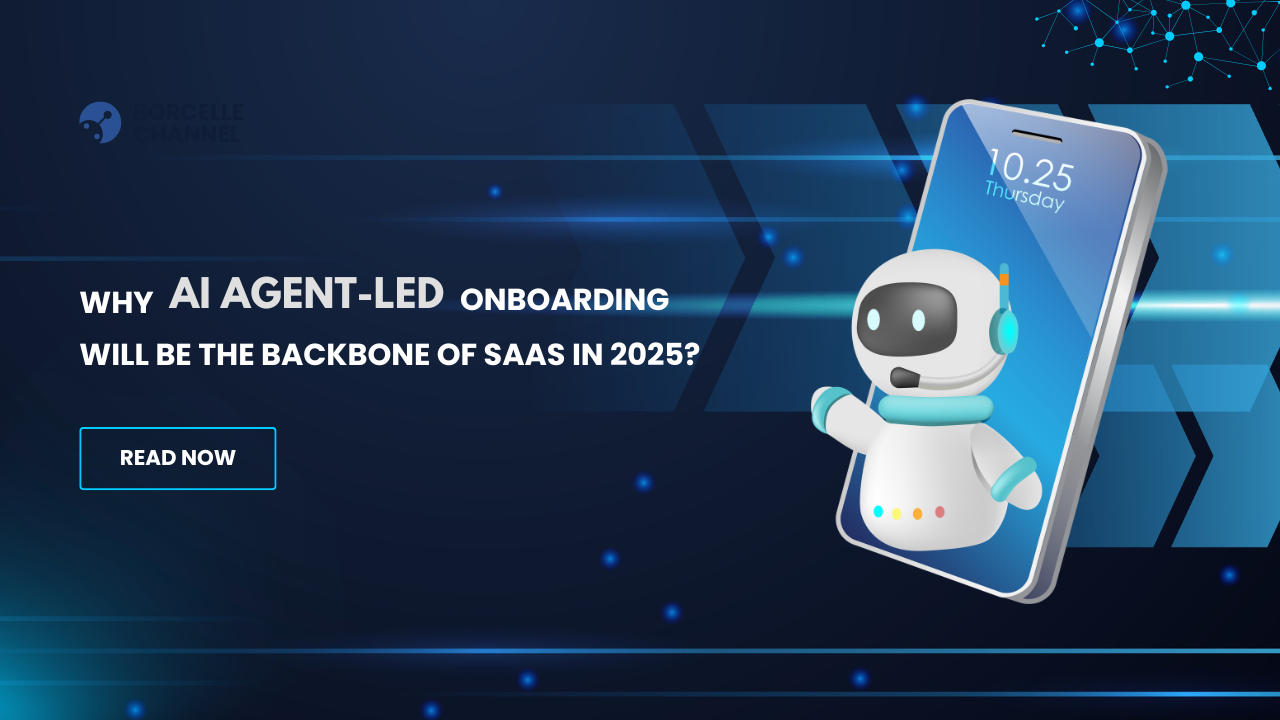
The first impression of your product can significantly impact its long-term success. According to a study, 56% of users say onboarding is crucial to their decision to continue using a product. This statistic highlights a key point: your onboarding process isn’t just an introduction, it’s the foundation for user engagement and retention.
So, what separates an average onboarding experience from a truly successful one?
Let’s break it down with actionable insights, examples, and proven strategies.
Understanding Product Onboarding
Product onboarding is more than just a series of instructions. It’s the process of helping users discover how your product solves their problems and fits seamlessly into their workflows.
Successful onboarding is user-centric, balancing simplicity with depth. Companies that fail to prioritize it risk losing users before they unlock the product's value.
What Makes Product Onboarding Successful?
1. Delivering Immediate Value (Time-to-First Value)
The faster users see the value of your product, the better their overall experience. A prolonged or complex onboarding process often leads to frustration.
Reducing TTFV by 30% see an average retention increase of 35%.
Example:
-
Zoom offers users a quick meeting setup within moments of signing up, ensuring immediate functionality.
-
Figma allows users to collaborate on their first design project without needing advanced setup, showcasing its real-time design power.
Pro Tip: Start with low-effort actions that yield quick wins for users
2. Personalization Enhances Engagement
A one-size-fits-all approach to onboarding no longer works. Tailoring onboarding paths based on user goals creates a more relevant and engaging experience.
Stat:
According to McKinsey, personalization can drive a 10-15% increase in customer satisfaction while boosting engagement rates significantly.
Example:
-
Duolingo personalizes its onboarding by asking users about their language proficiency and goals, tailoring lessons to their responses.
-
Monday.com customizes onboarding templates based on the user’s industry, such as marketing, software, or HR.
Pro Tip: Use sign-up forms or initial surveys to segment users and customize their journey.
3. Guided, Interactive Onboarding Flows
Static product tours or manuals are outdated. Interactive onboarding keeps users engaged and helps them learn by doing.
Example:
-
Canva uses interactive tooltips to guide users as they design their first project, simplifying complex features.
-
Shopify encourages users to complete their first product listing using a progress tracker, making the onboarding process actionable.
Interactive onboarding can improve feature adoption by up to 60%.
4. Providing Continuous Support
Onboarding doesn’t end after the first session. Users often need ongoing resources and support to fully integrate a product into their workflow.
Example:
-
Dropbox sends follow-up emails with tutorials and advanced tips to help users maximize their storage and collaboration capabilities.
Products with robust in-app support report a 30% reduction in churn within the first 90 days (source: Gainsight).
5. Regularly Iterating Based on Feedback
Every onboarding process is flawed from the start. Successful onboarding evolves with user feedback and changing needs.
42% of users feel more satisfied when their feedback directly impacts product changes.
Example:
-
Notion constantly tweaks its onboarding flow based on user suggestions, such as simplifying setup for team workspaces.
-
Calendly collects post-onboarding feedback to refine its tutorial process, ensuring it remains intuitive.
Regularly track onboarding metrics like completion rates, user drop-off points, and customer satisfaction scores.
What Happens When Onboarding Falls Short?
Failure to deliver a successful onboarding experience can lead to:
-
High Churn Rates: 55% of users abandon products due to unclear onboarding flows (source: Pendo).
-
Lower Feature Adoption: Users who don’t understand the product’s capabilities are less likely to explore advanced features.
-
Lost Revenue: Poor onboarding equals lost opportunities for upselling or cross-selling.
Too Much Onboarding Can Be Overwhelming
While thorough onboarding is crucial, overloading users with information can backfire. Successful onboarding strikes a balance by offering immediate value while allowing users to explore at their own pace.
Tools like Google Workspace provide basic onboarding for new users while offering advanced tutorials for those who need them later.
Final Thoughts
A successful product onboarding experience goes beyond introductions. It’s about delivering value quickly, building engagement, and evolving alongside user needs.
Key Takeaway: Onboarding is the gateway to user loyalty. The better the experience, the stronger the connection between your product and its users.
Looking to refine your onboarding process? Visit Metaculars.ai for insights and tools to transform user experiences.
(1).gif)

.png)
(2).png)
(3).png)
.png)
